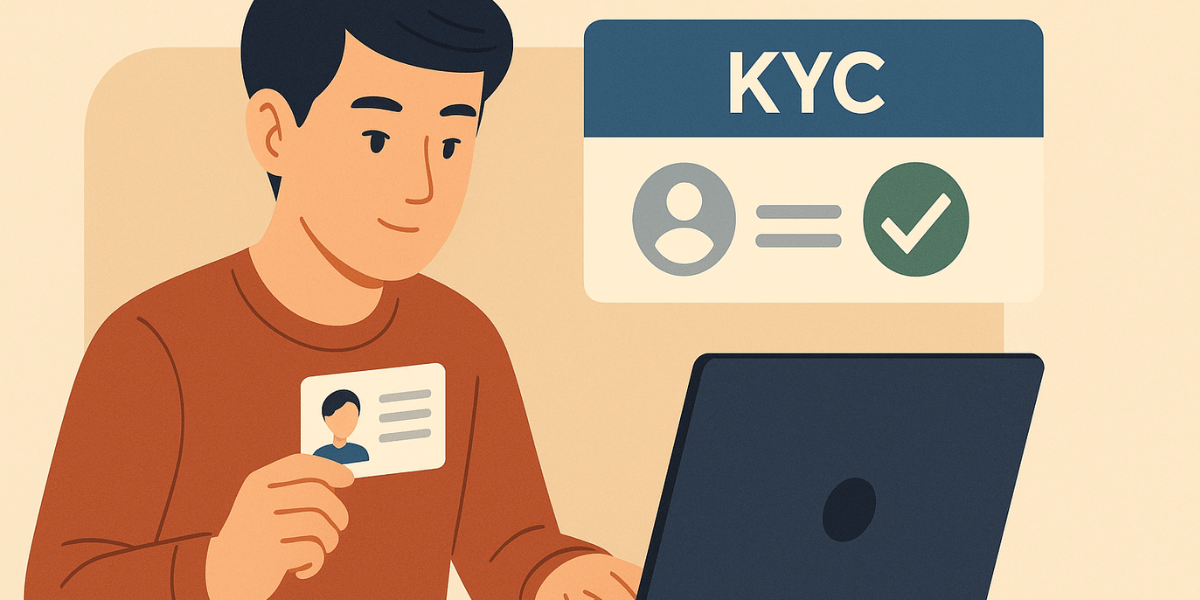Contracts for Difference (CFDs) are financial derivatives that allow traders to speculate on the direction of an asset's movement without owning it. Essentially, a CFD is an agreement between a trader and a broker to exchange the difference in the asset's value between the opening and closing of the contract. If the price moves in the trader's favor, they profit; if it moves against them, they incur a loss.
How CFDs Work
To understand how CFDs work, it's crucial to recognize that these instruments mirror the underlying asset's price movements. The trader enters into a contract with a broker and speculates on the price movement without taking physical ownership.
When trading CFDs, a trader can go long (buy) if they expect the underlying asset's price to rise or go short (sell) if they anticipate a price drop. For instance, if a trader goes long on a stock CFD, they will profit if the stock's price increases and incur a loss if it decreases. Conversely, going short would result in a profit if the price falls and a loss if it rises.
A crucial aspect of CFD trading is the dealing spread, the difference between the bid (sell) price and the ask (buy) price. This spread represents the broker's fee for facilitating the trade.
CFDs vs. Traditional Trading: Key Differences
CFDs differ significantly from traditional trading. Consider the following distinctions:
- Ownership: In traditional trading, the investor owns the underlying asset (e.g., stocks, bonds). With CFDs, the trader never owns the asset; they only speculate on its price movements.
- Leverage: CFDs typically offer leverage, allowing traders to control a larger position with a smaller amount of capital. Traditional trading may also use leverage to some extent but often requires larger capital outlays and carries stricter regulations.
- Access: CFDs provide access to a wide range of markets, including stocks, commodities, indices, and forex, from a single platform. Traditional trading may require different accounts and platforms to access various asset classes.
Types of Underlying Assets: Stocks, Indices, Commodities, Currencies
CFDs allow traders to speculate on various underlying assets, including:
- Stocks: Traders can speculate on the price movements of individual company stocks.
- Indices: CFDs on indices allow traders to speculate on the performance of entire market indices like the S&P 500, FTSE 100, or DAX 30.
- Commodities: Popular commodities for CFD trading include gold, silver, oil, and agricultural products.
- Currencies: Forex CFDs enable traders to speculate on currency pairs like EUR/USD, GBP/USD, and USD/JPY. To an extent, currencies CFDs draw parallels with B-book forex brokers who don’t execute trades on live market but instead keep them on their books.
Leverage in CFD Trading
Leverage is a core feature of CFD trading, enabling traders to open positions much larger than their capital would allow. For example, with a leverage ratio of 10:1, a trader can control a position worth $10,000 with just $1,000 of capital. While leverage amplifies potential profits, it also increases potential losses. Therefore, using leverage requires tight risk management and an understanding of margin requirements.
Margin Requirements and Risk Management
Margin is the amount of capital a trader must deposit to open and maintain a leveraged position. There are two main types of margins in CFD trading:
- Initial Margin: The upfront deposit required to open a position.
- Maintenance Margin: The minimum amount required to keep a position open. If a trader's account falls below this level due to adverse price movements, they may receive a margin call and must deposit more funds to maintain their position.
It is important to note that brokers might change margin requirements depending on market volatility. For example, key political events like elections might cause brokers to increase margin requirements owing to higher anticipated volatility.
Benefits of Trading CFDs
CFDs offer several benefits, making them an attractive choice for many traders:
- Accessibility: CFDs provide access to a wide range of global markets from a single trading platform, making it easier for traders to diversify their portfolios.
- Leverage: The ability to trade on margin allows traders to maximize their exposure with a relatively small capital investment, potentially increasing their returns.
- Short-Selling: CFDs make it easy to profit from falling markets by short-selling, which is not as straightforward in traditional trading.
- 24-Hour Trading: Many CFD markets are open 24/7, providing more flexibility to traders.
Risks of Trading CFDs
While CFD trading offers attractive benefits, it also comes with significant risks:
- Leverage Risk: Leverage can amplify both profits and losses. A small adverse price movement can lead to significant losses, potentially exceeding the trader's initial investment.
- Margin Calls and Forced Liquidation: If a trader's account falls below the maintenance margin level, they may receive a margin call to deposit more funds. Failure to meet margin requirements can result in the broker closing the trader's positions to prevent further losses.
- Volatility: CFDs are often used to trade highly volatile markets. While volatility can present profit opportunities, it also increases the risk of large, rapid losses.
- Lack of Ownership: Since traders do not own the underlying asset, they do not receive dividends, voting rights, or any other benefits associated with asset ownership – particularly pronounced for long-term holders of single stocks or ETFs.
CFD Trading Strategies
Basic Strategies: Buying and Selling
The simplest CFD trading strategies involve buying (going long) when expecting a price increase and selling (going short) when anticipating a price decline. This basic approach requires market analysis to predict price movements accurately.
Technical Analysis and Charting
Technical analysis is a popular method among CFD traders. It involves using charts and technical indicators to predict future price movements. Tools like moving averages, RSI (Relative Strength Index), and MACD (Moving Average Convergence Divergence) help traders identify trends and make informed trading decisions.
Fundamental Analysis
Fundamental analysis involves evaluating an asset's intrinsic value by examining economic indicators, company performance, and other relevant factors. For instance, traders may analyze a company's earnings reports, macroeconomic data, or geopolitical events to predict price movements.
Factors to Consider When Selecting a CFD Broker
Consider the following factors:
- Reputation and Regulation: Ensure the broker is reputable and regulated by a recognized authority. Regulation provides a level of protection for traders' funds.
- Trading Platform Features: It is essential to have a user-friendly and reliable trading platform with advanced charting tools, real-time data, and fast execution.
- Customer Support and Education: Good customer support can be invaluable, especially for beginners. Look for brokers that offer educational resources, such as webinars, tutorials, and market analysis.
- Fees and Commissions: Compare the fees and commissions charged by different brokers. While low fees are attractive, consider the overall value, including the service quality.
CFD Regulations and Taxation
Regulatory Landscape for CFD Trading
CFD trading is regulated differently across jurisdictions. In some countries, CFDs are banned or restricted due to their high-risk nature. For example, CFDs are prohibited for retail traders in the United States, while countries like Australia and the UK have specific regulations to protect traders.
CFD trading In Singapore
CFD trading in Singapore is legal and regulated by the Monetary Authority of Singapore (MAS). MAS should license all CFD brokers for Singapore clients, and the broker's license number should be checked in the database.
Tax Implications of CFD Trading
Tax treatment of CFDs varies by country. In some jurisdictions, profits from CFD trading are subject to capital gains tax, while in others, they may be classified as income. Traders should consult with a tax professional to understand their tax obligations in the place of residence.
Differences in Regulations Across Jurisdictions
Regulatory requirements for CFD trading can vary significantly. For example:
- Europe: The European Securities and Markets Authority (ESMA) has restricted leverage and marketing practices to protect retail investors.
- Australia: The Australian Securities and Investments Commission (ASIC) has implemented leverage caps and other measures to protect traders.
- Asia: Regulations vary widely, with some countries imposing strict controls and others having more relaxed regulatory environments.
Frequently Asked Questions
How much money do I need to trade CFDs?
A: The amount required to trade CFDs varies depending on the broker and the markets you wish to trade. Some brokers offer CFD accounts with minimum deposits as low as $50 to $500. However, traders should consider having sufficient capital to manage margin requirements and risk effectively.
Why do most CFD traders lose money?
A: Many CFD traders lose money due to poor preparation, inadequate risk management, and emotional trading. Common pitfalls include over-leveraging, failing to use stop-loss orders, and not conducting thorough market analysis.
Note: Any opinions expressed in this article are not to be considered investment advice and are solely those of the authors. Singapore Forex Club is not responsible for any financial decisions based on this article's contents. Readers may use this data for information and educational purposes only.







